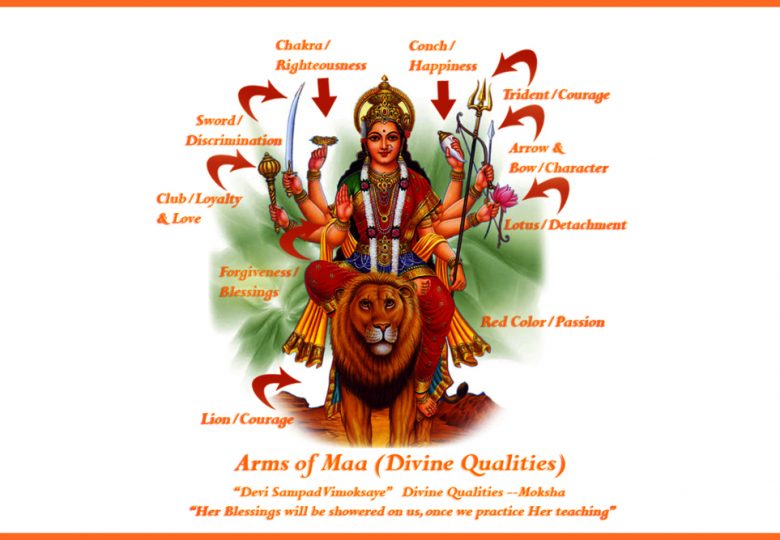Symbolism in Vedic Art: As Relevant Today as Ever

“Vedic art is an ancient development that still holds much appreciation in modern times. Art in the Vedic tradition was never a mere representation of an artist’s imagination. It was always a vehicle to convey higher truths and principles, levels of reality that may exist beyond our sense perception. It was always used to bring us to a higher purpose of existence and awareness. In this way, it was always sacred and beheld the sacred. Still today it is used to allow others to enter into a transcendental experience. It may also present the devotional objects of our meditation.
Vedic Symbolism conveys Principles or Purposes
Vedic paintings or symbols are unique in that they can deliver the same spiritual energy, vibration and insight that it represents. In other words, through the meditation and devotional mood of the artist, the art becomes a manifestation of the higher reality. In this way, the painting or symbol becomes the doorway to the spiritual essence contained within. They are like windows into the spiritual world. Through that window we can have the experience of darshan of the Divine or divinities, God or His associates. Darshan is not merely seeing the Divine but it is also entering into the exchange of seeing and being seen by the Divine.
Thus the art, or the Deity, is beyond mundane principles or ingredients, such as paint, paper, stone or metal with which it may be made, but it becomes completely spiritual through which the Deity can reveal Himself or Herself. Thus, the truth of spiritual reality can pierce through the darkness of the material energy and enter our mind and illuminate our consciousness.
To convey higher realities in paintings and sculpture, everything has a meaning. The postures, gestures, colors, instruments or weapons, everything conveys a principle or purpose, which often must be explained to those who lack understanding. Thus, knowing the inner meaning of the painting increases its depth for those who can perceive it, which makes it worthy of further meditation and contemplation.”
Article excerpt taken with permission from “Vedic Culture: As Relevant Today as Ever” by Stephen Knapp, Stephen-Knapp.com
